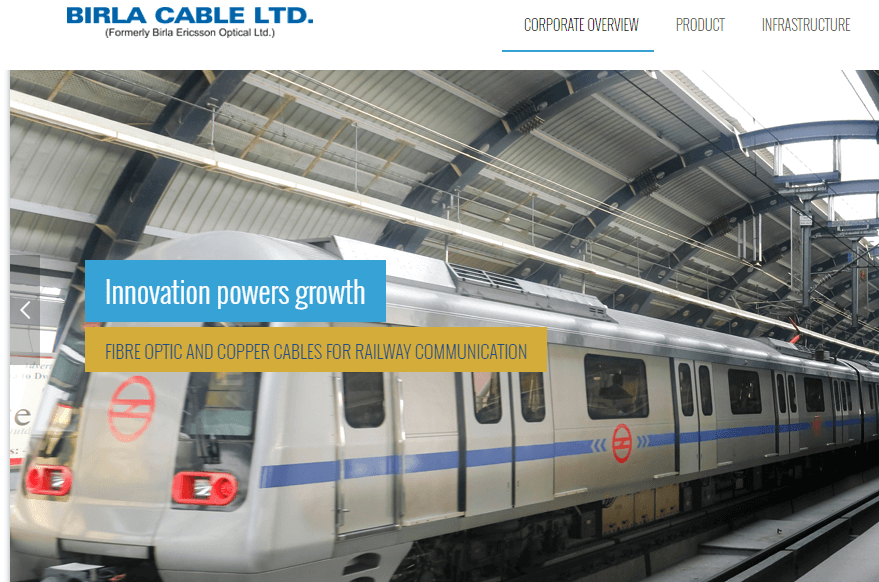In a significant milestone, Bhopal, the capital city of Madhya Pradesh, has become the first city in India to adopt the localisation of the United Nations-mandated Sustainable Development Goals (SDGs). The localisation of SDGs involves translating the global agenda into local actions and impacts that contribute to the achievement of these goals on a broader scale. Bhopal’s voluntary local review (VLR) showcases the city’s commitment and capacity in implementing the SDGs.
Voluntary National Review and Voluntary Local Review
The Agenda 2030, adopted by all 193 member states of the United Nations in 2015, comprises 17 SDGs and 169 targets as a plan of action for sustainable development. Member states report their progress towards these goals through voluntary national reviews (VNRs) presented at the UN’s high-level political forum (HLPF). However, local and regional governments are increasingly engaging in their own subnational reviews known as voluntary local reviews (VLRs).
Unlike VNRs, which have an official basis in the 2030 Agenda and intergovernmental agreements, VLRs do not have direct recognition. Nevertheless, they have emerged as powerful tools to emphasize local action in achieving the SDGs. New York City was the first city to present its VLR to the HLPF in 2018, and now Bhopal follows suit as a pioneer in India.
Bhopal’s Voluntary Local Review
Bhopal’s VLR is the result of a collaborative effort between the Bhopal Municipal Corporation, UN-Habitat, and a collective of over 23 local stakeholders. This comprehensive review combines both quantitative and qualitative approaches, incorporating the mapping of 56 developmental projects within the city. By leveraging these methodologies, Bhopal aims to demonstrate its progress and contributions towards the SDGs.
Importance of Localisation of SDGs
The localisation of the SDGs plays a vital role in achieving the 2030 Agenda for Sustainable Development. It involves defining, implementing, and monitoring strategies at the local level, ensuring the goals are not merely theoretical but are translated into practical actions with tangible impacts. By localising the SDGs, cities and regions can actively contribute to the global achievement of these goals while addressing local challenges and priorities.
The 2030 Agenda emphasizes the need for an inclusive and localised approach to the SDGs. It recognizes the importance of integrating all levels of governments and stakeholders in the development of strategies, utilizing transformative means of implementation, and adopting sound methods for monitoring and reporting. Through localisation, the SDGs become more relevant and actionable within specific contexts, driving meaningful change in communities.
Benefits of Voluntary Local Reviews
Voluntary local reviews offer several advantages in advancing the SDGs at the local level:
- Enhanced Local Action: VLRs provide an opportunity for cities and regions to showcase their initiatives, policies, and projects aligned with the SDGs. By highlighting local actions, VLRs encourage increased participation and collaboration among stakeholders.
- Increased Accountability: Through VLRs, local governments can demonstrate their commitment and progress in achieving the SDGs. It fosters transparency, accountability, and data-driven decision-making, promoting efficient resource allocation and targeted interventions.
- Sharing Best Practices: VLRs serve as platforms for sharing best practices and lessons learned among cities and regions. By exchanging knowledge and experiences, local governments can replicate successful approaches and learn from others facing similar challenges.
Important Points:
- Bhopal becomes the first city in India to adopt the localisation of SDGs 🎉
- Voluntary Local Reviews (VLRs) demonstrate local government’s capacity and commitments 🏙️
- Bhopal’s VLR is the result of collaboration between the Bhopal Municipal Corporation, UN-Habitat, and local stakeholders 🤝
- VLRs are subnational reviews that highlight local action in achieving the SDGs 💪
- Localisation of SDGs involves translating the global agenda into local actions and impacts 🌍
- Bhopal’s VLR combines qualitative mapping of 56 developmental projects 🗺️
- Localisation is essential for achieving the 2030 Agenda for Sustainable Development 🎯
- It emphasizes the need for inclusive and localised approaches to the SDGs 🤝
- VLRs do not have an official basis like Voluntary National Reviews (VNRs) 🚫
- VLRs serve as powerful tools for showcasing local initiatives and policies 📊
- Localisation enhances local action, accountability, and sharing of best practices 🌟
Why In News
Bhopal in Madhya Pradesh has become the first city in India to adopt the localisation of the United Nations-mandated sustainable development goals (SDG), marking a significant milestone in the country’s commitment to sustainable development.This pioneering initiative showcases Bhopal’s dedication to translating the global SDG agenda into local actions and impacts, setting a precedent for other cities in India and around the world to follow suit.
MCQs about Localizing SDGs for Sustainable Development
-
What is the significance of Bhopal’s voluntary local review (VLR) in the context of Sustainable Development Goals (SDGs)?
A. Bhopal is the first city in India to adopt the localisation of SDGs.
B. Bhopal’s VLR demonstrates the commitment and capacity of the local government.
C. Both A and B.
D. None of the above.
-
How do voluntary local reviews (VLRs) differ from voluntary national reviews (VNRs) in the context of SDGs?
A. VLRs have an official basis in the 2030 Agenda and intergovernmental agreements.
B. VNRs showcase local actions and impacts contributing to global SDG achievements.
C. VLRs are presented at the UN’s high-level political forum (HLPF).
D. None of the above.
-
What is the goal of localising SDGs?
A. Translating the global agenda into local actions and impacts.
B. Achieving the 2030 Agenda for Sustainable Development.
C. Involving all levels of governments and stakeholders in strategy development.
D. All of the above.
Boost up your confidence by appearing our Weekly Current Affairs Multiple Choice Questions
![]()


